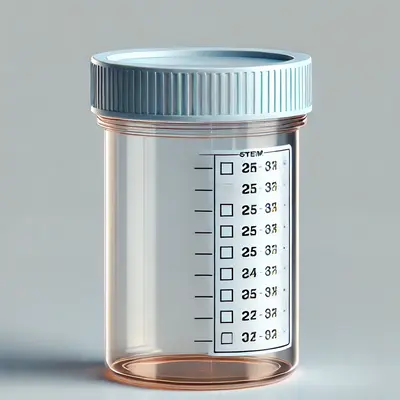Urinary tract infections (UTIs) can be a frustrating and painful complication for many patients after undergoing surgery. Although they may seem minor compared to other post-surgical issues, UTIs can lead to significant discomfort and even serious complications if left untreated. This article explores the reasons why UTIs happen after surgery, their symptoms, and the steps you can take to prevent them.
What Is a Urinary Tract Infection (UTI)?
A urinary tract infection occurs when bacteria enter any part of the urinary system, which includes the bladder, urethra, ureters, and kidneys. Post-surgical UTIs are more common when a catheter is used during or after the procedure. The presence of a catheter can increase the likelihood of bacteria entering the urinary tract.
Why Are UTIs Common After Surgery?
Surgical Risk Factors
There are several factors that make patients more susceptible to UTIs after surgery:
- Catheter Use: The use of a urinary catheter is one of the leading causes of post-operative UTIs. The catheter provides a direct path for bacteria to enter the urinary system.
- Immune System Response: Post-surgery, your immune system may be weakened, making it harder to fight off infections.
- Lengthy Procedures: Longer surgeries increase the risk of catheter-related infections because bacteria have more time to proliferate.
Common Symptoms of Post-Surgical UTIs
Patients should be aware of the signs and symptoms that could indicate a UTI after surgery. These include:
- Pain or burning sensation while urinating
- Frequent urge to urinate, even if only a small amount is passed
- Cloudy or strong-smelling urine
- Lower abdominal pain
- Fever or chills, indicating the infection might be spreading
Take the case of Jessica, a patient who had knee surgery. A week after the procedure, she began experiencing a strong, persistent urge to urinate, along with a sharp pain in her lower abdomen. Thanks to prompt medical intervention, Jessica was diagnosed and treated before the infection spread to her kidneys.
Preventive Measures: How to Reduce the Risk of a UTI After Surgery
Stay Hydrated
Drinking plenty of water is a simple yet effective way to flush bacteria from your system. This helps in reducing the likelihood of infection.
Proper Catheter Care
If a catheter is required, minimizing its use as much as possible is key. Additionally, ensuring proper hygiene while the catheter is in place can significantly decrease the risk of bacterial infection. Healthcare providers are trained to manage catheters in a way that minimizes the chance of infection.
Antibiotics
In some cases, your surgeon may prescribe antibiotics to prevent infections. It is important to take them as directed. Dr. Michael Green, a urologist, notes, “Prophylactic antibiotics can be effective in reducing the incidence of UTIs after certain high-risk procedures.”
Post-Surgery UTI Statistics
| Risk Factor | Prevalence (%) |
|---|---|
| Catheter Use | 70% |
| Weak Immune System | 25% |
| Longer Surgery Times | 15% |
According to a study published in the Journal of Postoperative Care, the use of catheters is associated with a UTI rate of up to 70%, highlighting the importance of minimizing catheter use wherever possible.
Diagnosis and Treatment
If you suspect that you have developed a UTI after surgery, it’s essential to seek medical attention. A urine test is typically used to confirm the presence of bacteria. If diagnosed, treatment usually involves a course of antibiotics. Be sure to complete the entire prescribed course to prevent the infection from returning.
Consider John, who underwent abdominal surgery and started experiencing chills and painful urination a few days post-discharge. After his doctor prescribed a round of antibiotics, he was able to recover fully without further complications. Early detection is crucial in preventing a mild UTI from becoming something more severe.
Complications of Untreated UTIs
If left untreated, a UTI can lead to more serious issues such as kidney infections. Symptoms of a kidney infection include fever, back pain, nausea, and vomiting. Emma, for example, ignored her early symptoms, which led to a kidney infection that required a longer hospital stay and more intensive treatment. Early detection and treatment are key.
Key Takeaways on Preventing UTIs After Surgery
- Limit Catheter Use: Always discuss with your healthcare provider whether a catheter is absolutely necessary.
- Practice Good Hygiene: Keep the catheter area clean, and wash your hands before and after touching it.
- Listen to Your Body: If you feel any of the symptoms mentioned, get in touch with your healthcare provider immediately.
Conclusion
UTIs after surgery can be a painful and frustrating complication, but by being informed and taking proactive measures, you can reduce the risk significantly. From limiting catheter use to recognizing symptoms early, there are many ways to prevent or address post-surgical UTIs effectively.
As Dr. Susan Miller, a specialist in postoperative care, emphasizes, “Patient education is the key to preventing many post-surgical complications, including urinary tract infections.” Be sure to talk to your healthcare provider if you have any concerns, and remember—prevention is always better than cure.









